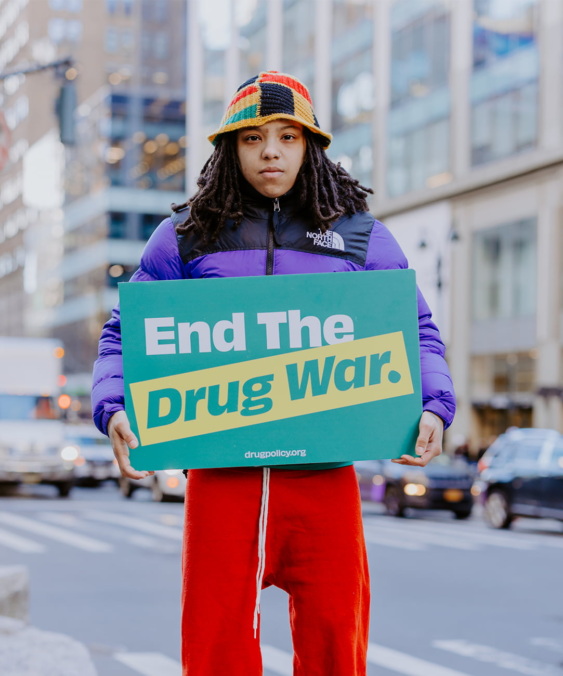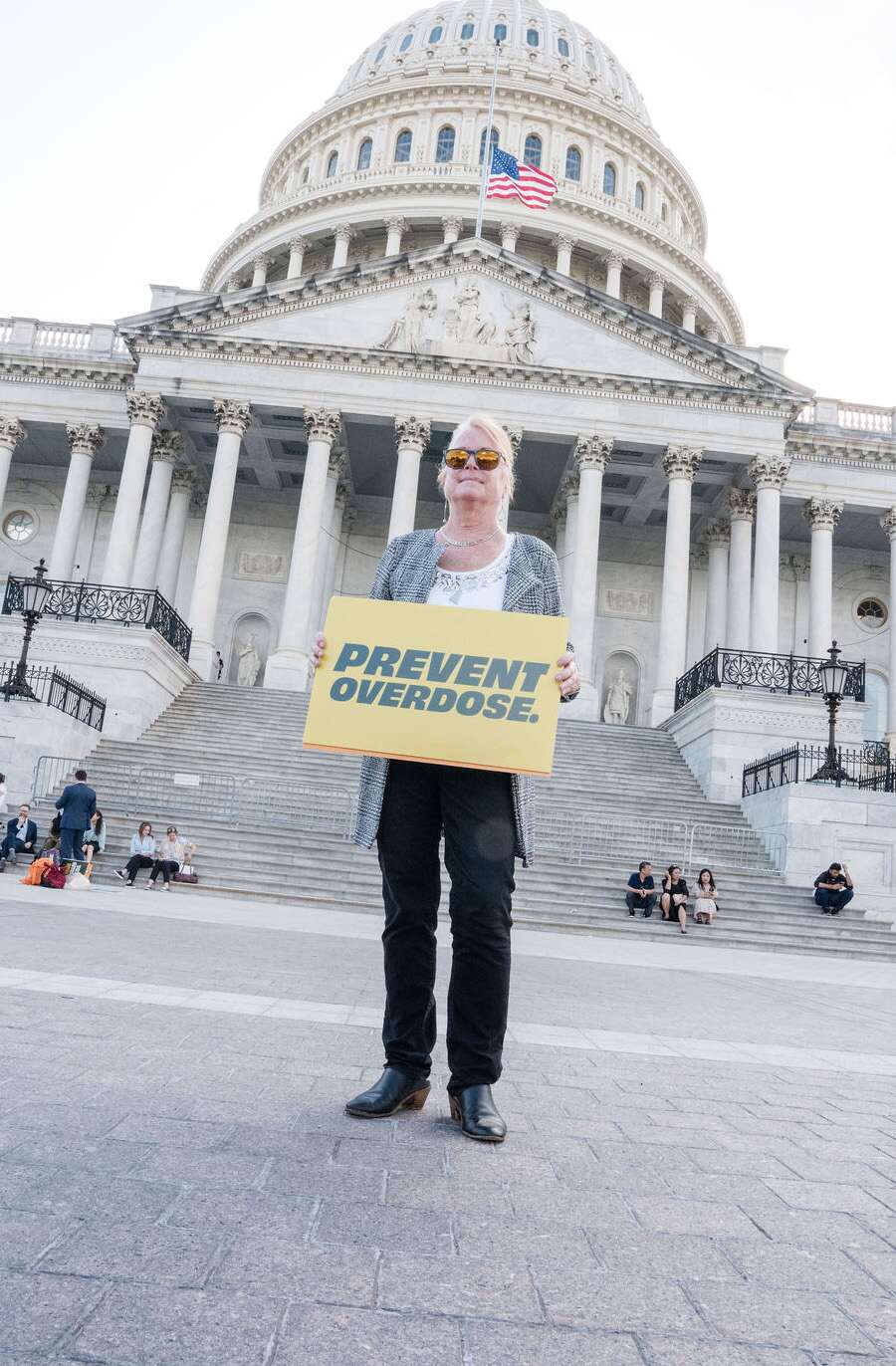Principles of Non-Police Response to Drug Use Concerns and Emergencies
It’s time we move away from policing as the solution to our community challenges. To make communities healthier and safer, we need to invest in non-police, trauma informed responses that address acute behavioral health issues and other social matters.

